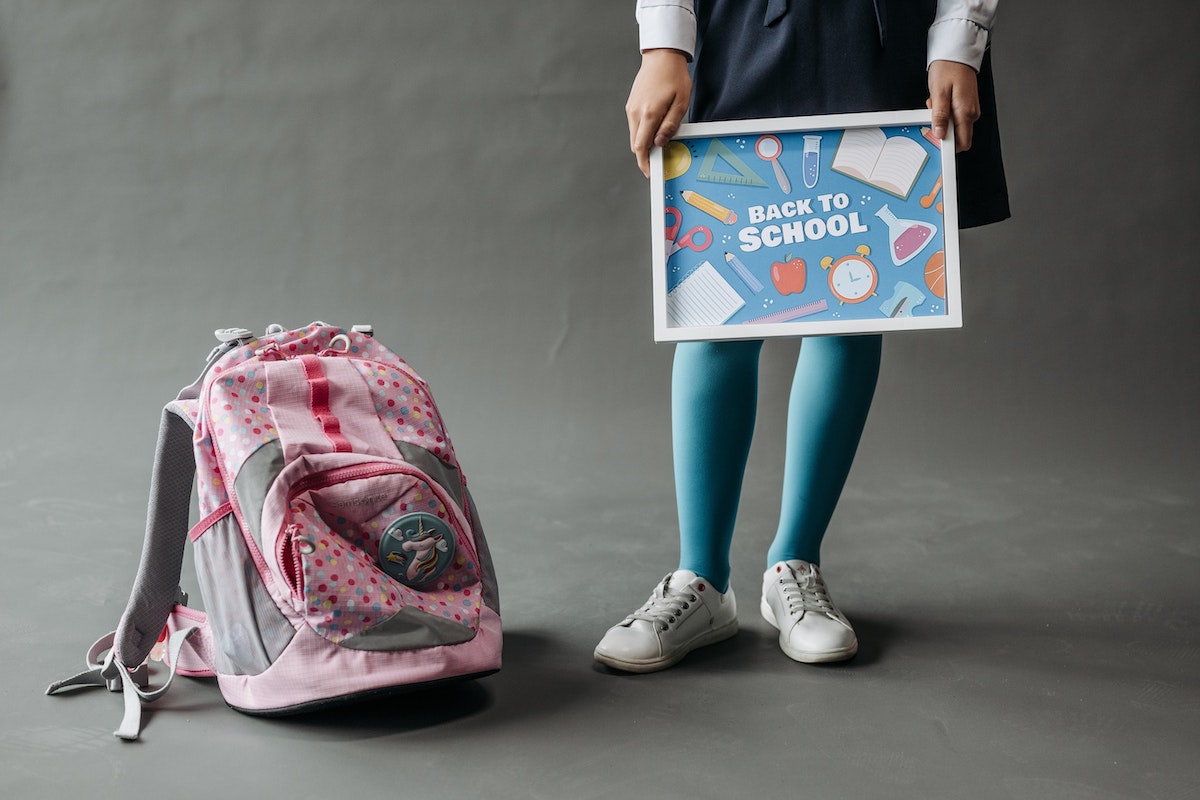In a compelling study published in BMJ Journals, it was revealed that approximately 34% of 745 student respondents reported that their parents had never checked their backpack contents. This eye-opening statistic highlights the need for greater parental involvement in their child’s backpack, particularly during their early years.
Parental engagement in the backpacking process plays a crucial role in ensuring children’s safety and well-being. However, not all parents are equipped with the knowledge to navigate this aspect effectively, especially first-time parents. Understanding the significance of selecting the right backpack for kindergarteners is essential in promoting their comfort, health, and overall school experience. By empowering parents with valuable insights, this article will help foster an enriching and stress-free journey as their little ones embark on their early educational adventures.

Backpack for Kindergarteners
When it comes to selecting a backpack for kindergarteners, considering their unique needs and requirements is paramount. These young learners are at a crucial stage of development, and their backpack should be a supportive and practical companion as they embark on their early educational journey.
First and foremost, size matters significantly. Opt for a backpack that is appropriately scaled to children’s small frames. A bag that overwhelms them can cause discomfort and hinder their mobility. Look for compact designs with dimensions tailored to accommodate their essentials without overwhelming their tiny shoulders.
Additionally, weight is a crucial consideration. Lightweight materials, such as sturdy yet lightweight polyester or nylon, are ideal choices. Heavy backpacks can strain their still-developing muscles and lead to posture issues.
Durability is essential to withstand the wear and tear that comes with a kindergartener’s active lifestyle. Reinforced seams, sturdy zippers, and robust materials ensure the backpack can withstand their adventures. Design is another aspect to keep in mind. Bright and colorful backpacks with fun patterns or characters can make the experience of carrying a bag more enjoyable for them.
Furthermore, ergonomic features like padded shoulder straps and a breathable back panel provide comfort and support during extended wear. Adjustable straps allow for a customized fit, accommodating their growth spurts.

Know Backpack Sizes for Kindergarten
Kindergarten backpacks come in a range of sizes, specially designed to cater to the needs of young learners. Standard dimensions typically fall between 14 to 16 inches in height, 10 to 12 inches in width, and 5 to 6 inches in depth. These measurements ensure a proportionate fit for their small frames while providing ample space for backpack essentials.
Capacity is a vital consideration when choosing a kindergarten backpack. On average, these bags offer a capacity of 10 to 15 liters, striking a balance between accommodating necessary items and preventing overload. The goal is to carry essential items without burdening their young shoulders.
When packing backpack essentials for kindergarteners, consider lightweight and age-appropriate items. These may include a lunch box, a water bottle, a small sweater or jacket, a snack container, and a few school supplies like crayons, pencils, and a notebook. Avoid overloading the bag to maintain comfort and prevent potential posture issues.
As children often carry arts and crafts projects or occasionally bring home artwork, selecting a backpack with external pockets or compartments can be advantageous. These facilitate easy organization and accessibility to their belongings.
Remember that comfort and safety are paramount. Look for adjustable padded shoulder straps and a cushioned back panel, ensuring a snug fit and reducing strain on their backs and shoulders.

How To Pick Right Size Backpacks?
Selecting the right size backpack is crucial to ensure comfort, safety, and functionality for individual kindergarteners. Consider these key factors to make an informed decision:
- Proportionate to Height and Weight: The backpack’s height should match the child’s torso length, reaching from the shoulders to just above the waistline. Avoid excessively large or small backpacks that could strain their posture. Additionally, the weight of the empty backpack should not exceed 10-15% of the child’s body weight when filled.
- Daily Requirements: Evaluate the child’s daily needs. If they carry minimal items, opt for a compact design with a smaller capacity. For those with additional requirements like carrying lunch boxes or art projects, choose a slightly larger backpack with extra compartments.
- Adjustability: Look for backpacks with adjustable shoulder straps and chest straps. This allows for a custom fit, distributing the weight evenly and preventing discomfort.
- Ergonomics and Padding: Ensure the backpack has sufficient padding on the back and shoulder straps to provide comfort during prolonged wear. A cushioned back panel also aids in airflow, reducing sweating.
- Quality Materials: Durable materials like polyester or nylon withstand daily wear and tear. Reinforced seams and sturdy zippers contribute to the backpack’s longevity.
- Try Before Buying: Whenever possible, have the child try on the backpack in-store or check the measurements online. This ensures a proper fit and helps avoid surprises later.
- Encourage Organization: Opt for a backpack with multiple compartments to help the child organize their belongings and access them easily.
Selecting the right backpack for kindergarteners is of utmost importance to ensure their comfort, safety, and enjoyment during their early learning years. Proportionate sizing, adjustable features, and durable materials play crucial roles in achieving this goal. Parents are encouraged to prioritize their child’s well-being by carefully considering the backpack’s fit and design, fostering a positive and exciting educational experience from the very start.

